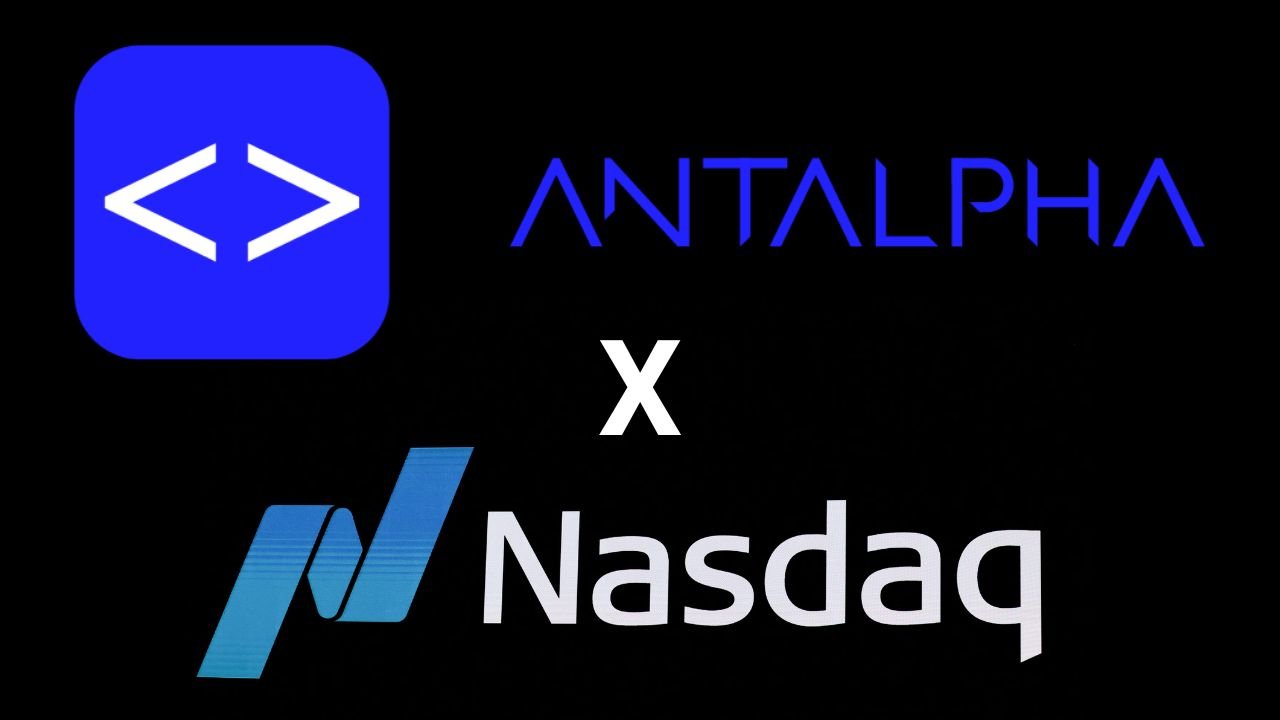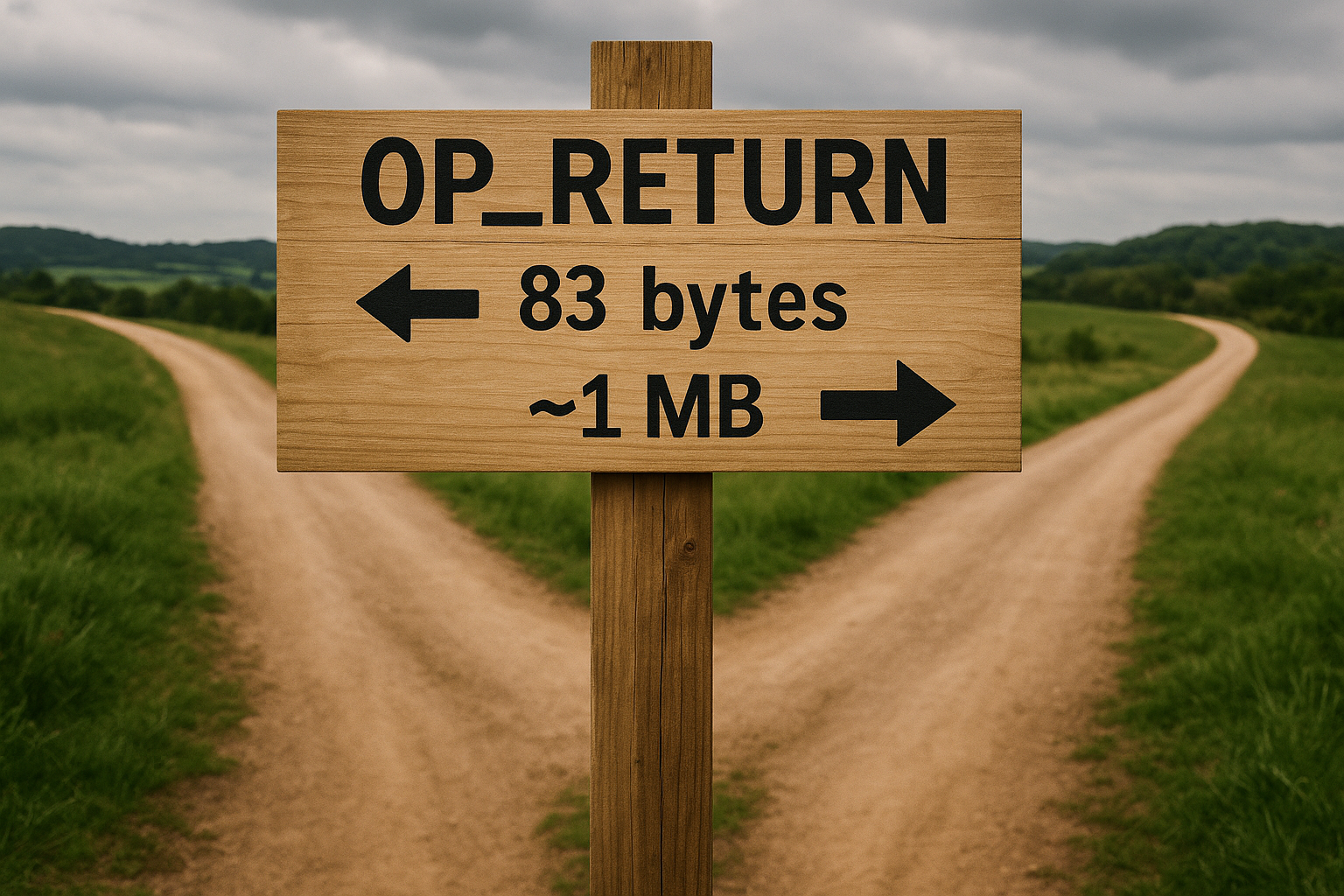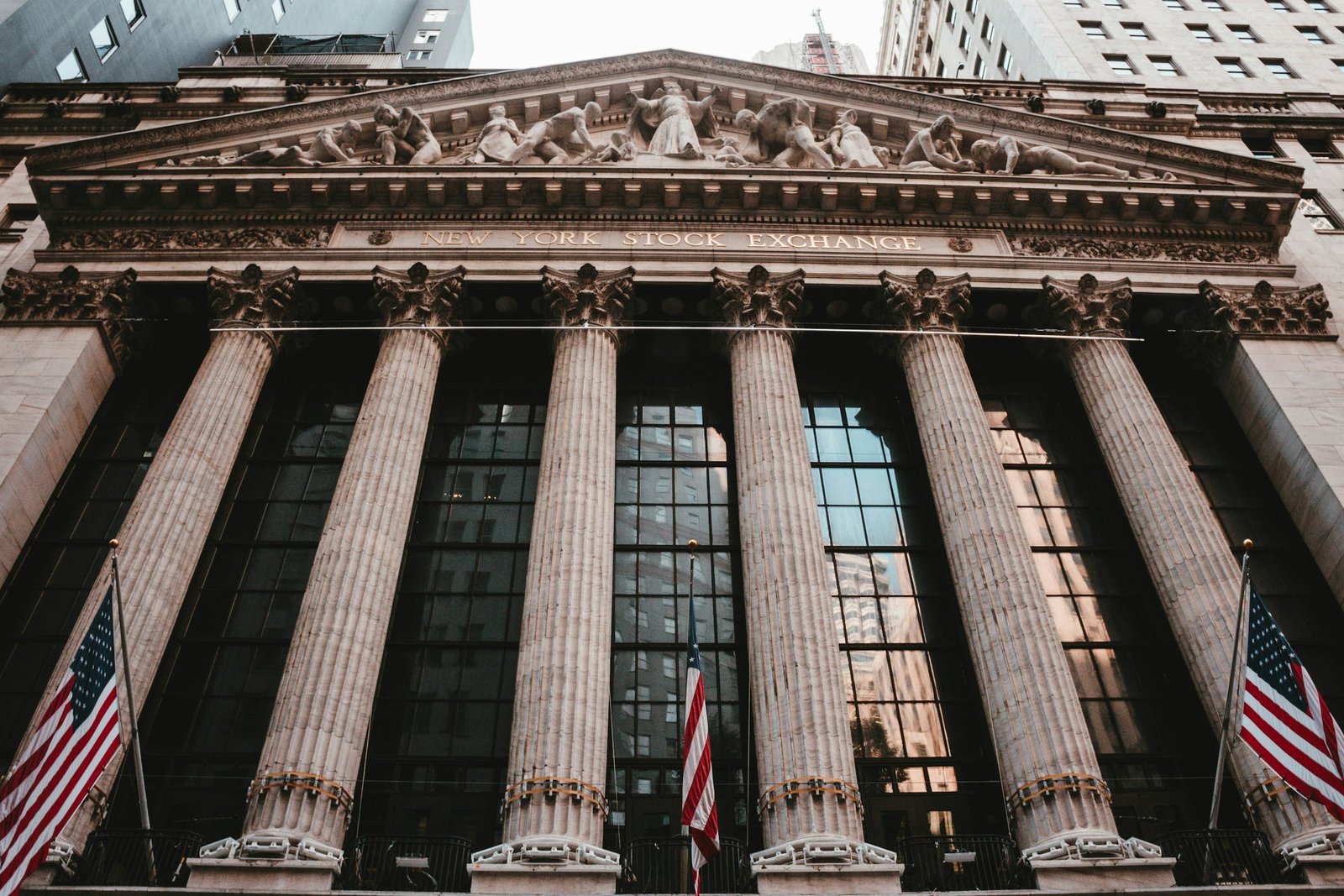AI is the investment thesis du jour in U.S. markets, and bitcoin miners want a seat at the table.
The easiest route might mean miners selling their facilities to hyperscalers and other traditional data center companies. But the location has to be right, and even then, the buyer might have to rip out the existing electrical infrastructure to satisfy the voracious energy appetite of AI computers.
Said another way, there may be fewer opportunities for bitcoin miners to cash in on AI than not.
As miners are weighing this, there’s currently a glut of bitcoin mines on the market looking for a buyer, according to Cohen and Company Capital Markets Head of Blockchain and Digital Assets, Christian Lopez. As mining economics have dimmed, some miners are looking for an exit, but the price will have to be more than right if they want to see the door.
In the following transcript of last week’s Mining Pod, Lopez breaks down the current state of bitcoin mining capital markets, M&A, and the convergence of bitcoin mining and AI – and whether or not we should expect more miners to go the way of Strategy and raise capital to buy bitcoin.
To set the stage for our conversation, focusing specifically on Bitcoin mining capital markets, could you provide a high-level overview of where the market is at right now?
Yeah, there’s clearly a massive amount of interest from miners and investors around Bitcoin and convertible securities, largely driven by the success of MicroStrategy. MicroStrategy’s approach ties into the depth of the capital markets. I’m sure many of your listeners are familiar with this, but to catch everyone up: part of why it works for MicroStrategy is because they trade billions of dollars a day in volume, which provides a ton of liquidity.
What Michael Saylor has been able to do is essentially sell the volatility. Through that, he’s secured highly efficient financing for their convertible securities, including 0% coupon converts, which is pretty unheard of in most industries, especially in one with a high cost of capital like Bitcoin-related companies. Because of their board’s ability to sell the volatility, they accessed this cheap financing.
Following that lead, the largest Bitcoin miners, which also trade billions of dollars a day in volume, realized they could do something similar. They raised billions of dollars in convertible securities to buy Bitcoin and hold it on their balance sheets. However, much of that liquidity has been absorbed. Today, I think there’s a bit less appetite from the investor community, particularly from arbitrageurs who facilitate these convertible deals for companies like MicroStrategy, Marathon, and Riot. The market is still there, but it has dried up somewhat. There’s only so much interest available for deals like this.
Unless Bitcoin surges, there may be more interest, but there’s almost a ceiling. There’s always a question about how many MicroStrategy-like offshoots the market can support. We’ve covered a few international examples, like Meta Planet, and now there’s The Smarter Company UK and Utx. The management and investing arm behind BTC Inc. is driving some of these initiatives. Their strategy is to replicate this model in international markets where access to such opportunities might be limited. However, whether this approach can be replicated in the U.S. with multiple companies remains uncertain.
What’s the current landscape for mergers and acquisitions (M&A)?
Yeah, the M&A market for Bitcoin mining right now has a lot of supply. Stepping back, getting M&A deals done in Bitcoin mining has been challenging for all parties—buyers, sellers, and advisors. After running several of these processes, the most successful has been the Stronghold deal we executed. Through that and other deals, we’ve identified the core challenge in getting deals done: pricing and valuation. Buyers face the critical “buy versus build” question.
For example, what do you think a standard, turnkey, air-cooled site with good power costs to build? A reasonable all-in cost per megawatt is probably around $300,000 to $500,000. That’s the build cost. So, as a buyer, you’re asking: if I can build a site for $300,000 to $400,000 per megawatt, what premium am I willing to pay to acquire an existing site today versus waiting 9 to 12 months to build it? There’s definitely a premium, but determining that premium is key.
The premium for acquiring a site can vary based on factors like the cost and source of power—whether it’s front-of-the-meter or behind-the-meter—expansion capacity, and whether the site can be converted into a high-performance computing (HPC) center. Beyond that, there’s a range or band within which these valuations typically fall.
From a buyer’s perspective, the decision hinges on spending between $300,000 and whatever premium they’re willing to pay. However, as a seller, particularly for publicly traded miners, there’s often a liquidity premium because their shares are easily tradable, and they can leverage their capital structure with instruments like convertible securities. This leads public miners to trade at much higher valuations, sometimes $1.5 million to $2 million per megawatt.
Sellers, especially private miners, often look at these public company valuations and demand similar prices, saying, “I should be valued at $1.5 million or $2 million per megawatt.” Public companies, however, push back, arguing, “That’s excessive. I can build a site for $350,000 per megawatt and wait nine months. I’d rather build it myself and know exactly what I’m getting than overpay.” This valuation gap has been the core challenge in Bitcoin mining M&A.
Rewinding 12 to 18 months, power was the scarcest resource, especially with the rise of HPC. Morgan Stanley published a notable report highlighting that Bitcoin miners might be sitting on something highly valuable: immediate access to power. This led infrastructure investors, data center companies, and Bitcoin miners to hire data center and energy consultants to evaluate whether miners’ power resources were suitable for HPC. While some miners did have valuable power access, it became clear that data center companies, particularly hyperscalers in HPC, have very specific requirements.
For example, when we send site opportunities to data center companies, they often say, “Don’t send us anything below 150 to 200 megawatts—that’s the minimum for us to even consider.” Additionally, they prefer sites within 100 miles of a large metropolitan statistical area (MSA). One data center company put it this way: “We want to be within 100 miles of an NFL football stadium.” So, you need a large site capable of supporting a 150- to 200-megawatt campus, located near a sizable city.
Many Bitcoin mining sites are relatively small, typically 30, 40, or 60 megawatts, though some are much larger. However, most are these smaller-scale, piecemeal sites. Since mining focuses on minimizing marginal operating costs, many miners are located in remote areas like West Texas, where the nearest large city might be hundreds of miles away. It’s become clear that while Bitcoin miners control significant power resources, the characteristics of these sites often don’t align with the needs of hyperscalers.
As a result, many people went hunting for sites and power, investing millions in deposits to secure power and prepare land, intending to sell to miners or HPC companies. However, they’re struggling to find buyers. Currently, there’s a flood of capacity—around 1 to 1.5 gigawatts of power available for Bitcoin miners to acquire. With this oversupply, power prices are starting to compress.
I’m glad you mentioned the gigawatt estimate for what’s on the market. Do you think this is driven by both the AI and HPC hype—where everyone believes they’re sitting on a gold mine and wants to sell while the market is hot—and the brutal economics of mining right now?
I think it’s both. Mining is much more challenging, especially for private miners who lack access to capital markets or an at-the-market (ATM) shelf registration, which public miners use to leverage stock liquidity to strengthen their balance sheets, buy ASICs, or expand sites. For private miners—many of whom are likely nodding along—it’s incredibly difficult to raise capital right now. It’s virtually impossible, for several reasons we can explore further if you’d like.
Additionally, the AI and HPC hype plays a role. People are passionate about Bitcoin and Bitcoin mining—it’s how our firm started its blockchain and digital asset coverage, and it’s a critical component of the ecosystem. But miners face a tough reality: scaling Bitcoin mining operations is hard when capital is scarce. Many think, “I have a five-year power purchase agreement (PPA) with reliable power—that’s got to be worth something.” And it is, but its value depends heavily on the site’s characteristics. For example, a 30-megawatt site in the middle of West Texas might appeal to a large public miner, but it’s highly unlikely to attract data center companies. Very few, if any, would find it compelling.
Why is raising capital so much more difficult now?
Bitcoin mining was a shiny object from 2018 to 2020, heading into the last cycle. Institutional investors poured billions into mining, choosing their preferred companies to back. This is common in early-stage industries that use public markets to educate investors about the business model, revenue generation, and investment potential. That education happened last cycle, and investors are now more knowledgeable.
Most institutional investors have seen numerous Bitcoin mining deals and understand the industry’s economics and modeling. They recognize that Bitcoin mining lacks significant barriers to entry. While it’s not easy, if you have access to power and capital, you can plug in ASICs and start mining. This oversimplifies it, as software and other factors are involved, but the point is there aren’t unique go-to-market strategies or customer profiles that give one miner a competitive edge over another.
For example, in Europe, if you’re a nation-state, government, or organization with access to cheap power and a strong balance sheet, you can mine Bitcoin at a significantly lower cost than a private or corporate miner paying commercial front-of-the-meter rates. In places like Bhutan, where power costs are minimal, or where central governments can access cheap capital to buy miners and build data centers, mining becomes highly competitive. We’re seeing this play out in real time, with not just businesses but organizations, institutions, and governments mining Bitcoin.
Recently, the network hash rate hit a milestone, though the seven-day average is still slightly below it. To stay competitive, miners need either very cheap power or the latest, most efficient ASICs, which are expensive.
Circling back to AI and HPC, you mentioned during our prep that retrofitting mining sites for HPC is somewhat of a misconception. Could you elaborate on this? Also, for miners hoping to capitalize on the HPC hype, is their real value in their operational expertise rather than infrastructure?
From my perspective—and I don’t have all the answers—yes. Anecdotally, through conversations with top hyperscalers and data center companies, we’ve sent them site proposals and learned what they’re seeking. Recently, I ran a process for a large-scale infrastructure company with multiple sites, and it shifted my view on IT power infrastructure. Initially, I thought Bitcoin mining sites’ existing power infrastructure could be retrofitted by data center companies at a lower cost, creating value by leveraging what’s already there.
However, discussions revealed that data center requirements for power and redundancy—such as tier-five data centers with N+2 redundancy—don’t align with how miners build their sites. Data center companies often need to completely reconstruct the infrastructure. For private miners or those seeking power sites for data centers, it’s more efficient to focus on securing a power purchase agreement (PPA) that meets these specific requirements we’ve discussed, rather than banking on existing infrastructure.
If you start building power infrastructure, it can become challenging because data center companies may not give you credit for it. They often say, “We’ll redo this ourselves.” If you have transformers or other electrical equipment, they might pay for their value, but they won’t pay a premium unless the setup meets their exact specifications. This is a generality, not a blanket statement that applies to every situation.
I’d like your thoughts on whether potential tariffs could spur M&A activity. If tariffs increase CapEx by 10% to 30% for some miners, do you think this would drive domestic M&A deals?
It’s a good question, and I spent some time thinking about it over the weekend after we touched base on Friday. I believe it could drive M&A, but the impact is muted due to the oversupply of sites. Tariffs might bring supply and demand pricing into better balance, closer to what it used to be. However, I’m not sure miners are desperate for growth right now. From what I gather, their focus is on profitability, strengthening balance sheets, and preparing for the next cycle.
Sentiment around Bitcoin is generally bullish due to its role as a store of value. Most industry experts I speak with predict Bitcoin reaching $125,000, $150,000, or even $200,000 by the end of 2025. Almost no one knowledgeable thinks it will stay at current levels or drop lower. However, human nature and recency bias make it tough for investment committees to act when hash prices are at historic lows. Convincing them to invest $35 million, $40 million, or more to acquire a new site—potentially $50 million, $60 million, or $70 million—is challenging. Boards prioritize capital preservation to outlast the cycle.
While tariffs might make sites more attractive by increasing costs, market uncertainty discourages deals unless the price is significantly below market. For example, a 50-megawatt site with three-cent power priced at $200,000 per megawatt could likely close, but that requires sellers to significantly undercut their valuation.
How much are AI and HPC influencing investor appetite for Bitcoin mining specifically?
There’s a distinction between investor types. Private miners raising capital to buy ASICs and operate their sites typically deal with private market investors, who differ from public market investors. Public market investors include traders, arbitrageurs, and fundamental long-term investors. For Bitcoin mining, the public market investor base largely consists of traders and arbitrageurs who like the volatility of mining stocks. These stocks tend to have a higher beta, moving faster than Bitcoin itself, allowing traders to profit from spreads or volatility. However, this interest has waned. A Barclays research report highlighted this, using Marathon as an example. Before the Bitcoin ETFs, Marathon’s stock correlated with Bitcoin at about 97% R-squared. After the ETFs, that correlation dropped to around 42%. This suggests public market investors now have other Bitcoin analogs, reducing the need to invest solely in miners.
With over 80 public companies, including some miners, holding Bitcoin on their balance sheets, MicroStrategy serves as a leveraged Bitcoin proxy. GameStop is starting to behave similarly, and companies like HUT Financial hold significant Bitcoin—around 1,400 BTC. These alternatives siphon liquidity from miners, redirecting it to companies like MicroStrategy and others.


